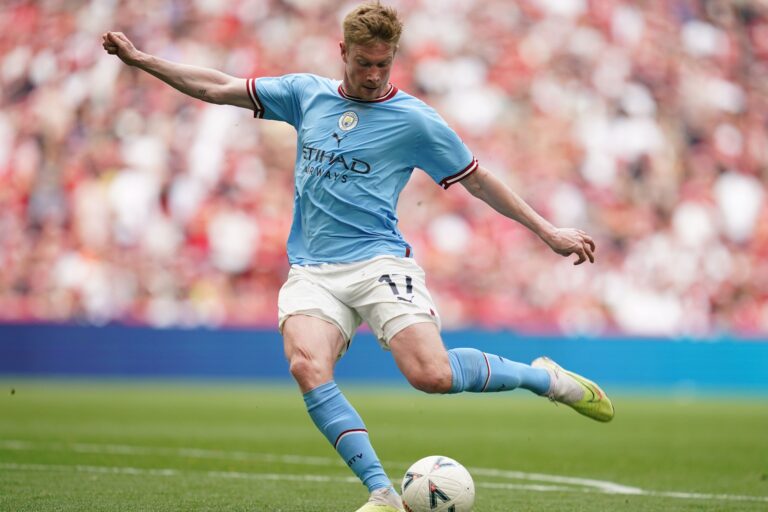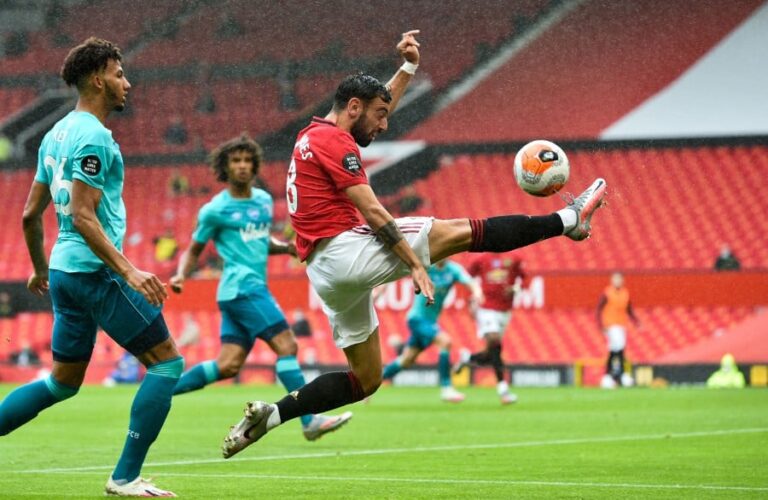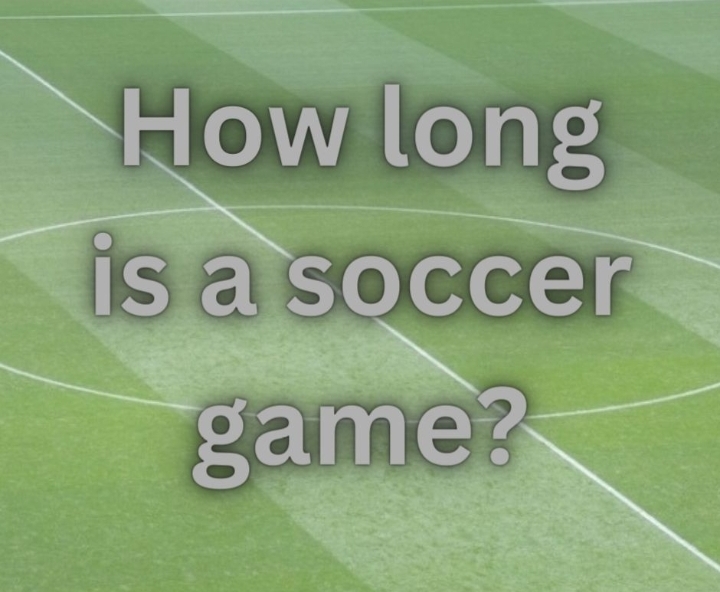I’ll never forget the time I saw a team of 7-year-old soccer players running endless sprints and complex passing drills during practice. Their little faces were beet red and soaked in sweat as their coach yelled at them to work harder. It was clear these kids were being pushed far beyond their physical capabilities and attention spans. As we know, inappropriate training techniques at a young age can lead to burnout, frustration, and kids quitting soccer altogether.
That’s why age-appropriate training is so important in youth soccer development. When kids learn skills that are tailored to their physical, cognitive, and emotional maturity levels, it keeps them engaged, and motivated and encourages a lifelong love of the game. We’ll cover key considerations around physical growth, brain development, and recommended training activities for different age groups. The goal is to help coaches, parents, and youth players understand how to develop skills effectively while promoting safety, passion, and longevity in soccer. Let’s dive in!
Physical Developmental Milestones by Age Group
Every child goes through different stages of growth and coordination as they develop physically. Understanding these changes is crucial for designing training programs that match their capabilities. Here are some key physical developmental factors to consider for different youth soccer age groups:
U6 (5-6 years old)
- Still developing basic motor skills like running, jumping, and throwing.
- Short attention stretch (15-20 mins max)
- Low cardiovascular endurance
- Coordination and balance still progressing
- Bone growth not complete, high injury risk
U8 (7-8 years old)
- More proficient at gross motor skills but fine motor skills still progressing
- Cardiovascular capacity increases but still low overall
- Flexibility can be high during growth bursts
- Strength and power limited by incomplete bone/muscle development
- Better balance but still working on coordination
U10 (9-10 years old)
- Growth begins slowing down before adolescent spurts
- Muscles continue to strengthen
- Cardiovascular endurance improves
- Motor skills become more refined (though still limited)
- Better body control but still accountable to overuse injuries
The takeaway is that training needs to align with muscle, cardiovascular, and motor skill development appropriate for a child’s physical age. Pushing them too hard risks injury, while not challenging enough risks boredom.
Cognitive and Emotional Developmental Stages
In addition to physical growth, young soccer players are rapidly developing new cognitive abilities and emotional regulation skills. Training methods should account for the following age-related factors:
U6
- Very short attention stretch (max 10-15 mins on one activity)
- Limited ability to process complex instructions
- Easily frustrated trying new skills
- Seeks positive encouragement and praise
U8
- Attention stretch increases slightly
- Can follow 2-3 step instructions
- More confidence trying new activities alone
- Peer interaction becomes important
- Looks for approval from coaches
U10
- Better focus and memory recall
- Can understand positional concepts
- Self-esteem is highly influenced by perceptions of competence
- Competition and scoring introduces emotions of winning/losing
- Feedback on effort over outcomes is beneficial
The right training approach considers kids’ evolving mental bandwidth, motivation sources, and emotional needs. Activities should be short, simple, and engage the whole team. Praise for effort and improvement goes further than harsh criticism when skills are lacking. Most of all, fun should be the focus over rigid drills or excessive competition.
Recommended Skills Focus by Age
When designing training sessions for youth players, it’s important to work on skills that are appropriate for their developmental level. Here are some best practices on skills emphasized by common age groups:
U6
- Dribbling and controlling the ball with all parts of the feet
- Basic shooting techniques like laces kick
- Passing and trapping over short distances
- 1v1 attacking and defending concepts
- Agility and balance activities
U8
- Dribbling with changes in direction and speed
- Passing and receiving with side feet
- Shooting with accuracy on goal
- Spatial awareness and combination play
- 1v1 and 2v1 scenarios
U10
- Dribbling at speed with head up
- Accurate crossing and finishing
- Passing and moving into space as a unit
- Shooting under pressure
- 1v1 defending principles
- Basic positional understanding
U12
- Position-specific technical skills
- Passing and moving as a team
- Shooting on the run and volleys
- Advanced dribbling fakes and moves
- Group defending tactics
The emphasis should be quality repetitions on techniques they are ready for, not simply following higher-level skills. Mastering the basics first develops a foundation for more advanced tactics later.
Recommended Training Activities by Age
The following are examples of engaging training activities tailored to the skills and maturity level of players at different ages:
U6
- Relays and races promoting running, skipping, hopping
- Tag games focused on changing direction and body control
- Activities with the ball following or chasing players
- Simple obstacle courses combining skills
- Group games encouraging team collaboration
U8
- Partner passing and receiving drills
- Dribbling courses focused on ball control
- Shooting games with points rewards
- 3v3 or 4v4 mini-scrimmages
- Relay races while dribbling a ball
U10
- Shooting drills with increasing distances
- Passing sequences and combination plays
- 5v5 or 6v6 small-sided games
- Competitions or circuits through skills stations
- Positional rotation tiny games
U12
- Passing and moving drills emphasizing speed
- Shooting after receiving crosses
- 8v8 games on small fields
- Full scrimmages with formations
- Defending principles in 1v1, 2v2, and 3v3 situations
Keep activities short, varied, and fun above all. Allow free play for creativity and engagement. Modify games to the ability level of players.
Effective Coaching Methods by Age
Coaching kids requires different techniques than adults to keep players engaged, motivated, and learning. Here are some effective coaching methods tailored to youth soccer players’ developing maturity:
U6
- Use simple, 1-2 word instructions focused on positive actions
- Demonstrate skills then let them try – avoid long explanations
- Give immediate feedback on effort, participation, attitude
- Recognize the accomplishments of individuals and the whole group
U8
- Explain skills, then demonstrate, then let them perform
- Give positive feedback on what they did well after practice time
- Use peers, assistant coaches, or parents to help manage drills
- Encourage team spirit through rituals (cheers, meetings, high-fives)
U10
- Increase complexity of instruction over time as attention span allows
- Ask targeted questions to engage players in problem-solving
- Focus feedback on specific skills and areas of incremental improvement
- Build accountability and leadership opportunities through team/skill captains
U12
- Offer tactical explanations for skill development and positioning
- Encourage player input, set team goals, and practice focus
- Provide meaning through life lessons that transfer off the field
- Give immediate, constructive feedback during training
The right coaching approach can make the difference between a rewarding season and an experience that discourages further participation.
Fostering Team Culture and Love of the Game
While developing skills is important, nurturing passion and enjoyment of soccer should be the primary goal at the youth level. Here are tips for coaches and parents to help kids fall in love with soccer:
- Emphasize team bonding through icebreakers, team rituals, and social events. This develops relationships and team identity.
- Make sure every player gets equal playing time and opportunities to try all positions. This reduces pressure and builds longevity.
- Reward effort and heart over match results. Praise progress in skills or attitude.
- Let the kids play freely at times. Unstructured play allows creativity, ownership, and fun.
- Organize club events like player vs parent games or end-of-season parties. This fosters community.
- Share inspiring highlights of soccer role models displaying passion and joy for the game.
- Focus on positive motivation techniques using encouragement rather than fear, shame, or guilt.
- Remember the impact you have on helping shape young lives on and off the field.
With the right approach, youth soccer can teach so many beautiful lessons about teamwork, resilience, confidence, and more. Keeping it fun and rewarding should be the number one goal.
Avoiding Burnout and Promoting Longevity
It’s vital for youth soccer coaches and parents to actively prevent burnout, overtraining, and dropout so kids can enjoy the sport for life. Here are some tips:
- Monitor signs of burnout like lack of enthusiasm, irritability, fatigue, and diminished performance. Adjust training if these emerge.
- Ensure adequate rest and recovery time between demanding training sessions. One to two days off per week is recommended.
- Limit participation on multiple teams to prevent overscheduling and allow kids to have other interests.
- Mix high-intensity training with purposeful low-intensity technical work, scrimmages, and fun activities.
- Prioritize injury prevention with proper warmups/cool-downs, training load monitoring, equipment fitting, and rule modifications for safety.
- Discourage early sports specialization before high school years to reduce physical and mental wear and tear.
- Work with medical professionals to design training programs tailored to a child’s physiological maturity and needs.
The goal of youth soccer should be instilling a love of the game that translates into lifelong participation. Keeping the experience fun while avoiding burnout is key to achieving that goal.
Conclusion
When working with young soccer players, training methods must align with each child’s physical, cognitive, and emotional developmental stage. While kids need to be challenged to progress, pushing too much too soon can risk injury, burnout, and quitting. On the other hand, not challenging kids enough can fail to engage them in the sport.
By understanding key developmental milestones, coaches and parents can design training programs that match the current ability level of youth players. Recommended activities should focus on fundamental technical skills appropriate for their age. Coaching should involve simple, positive instruction and feedback tailored to limited attention spans.
Above all, the priority should be fostering a passion for soccer through fun, inclusive environments. This encourages lifelong participation and enjoyment of the beautiful game. With age-appropriate training, kids will develop a solid foundation of skill while making great memories with friends that last beyond any title or trophy.
Read More: The Incredible Evolution of Soccer Equipment and Technology Through the Years
Author






